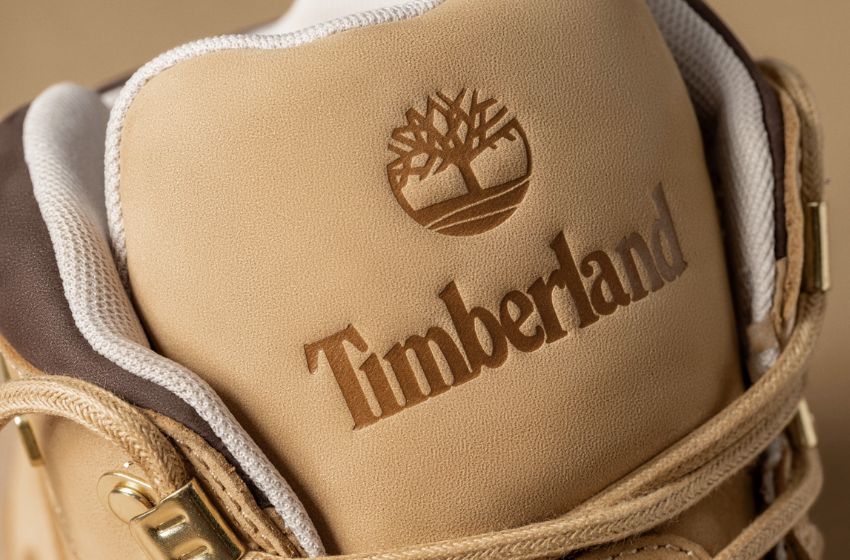
Introduction: Brief overview of Timberland and its history
Timberland is a household name when it comes to outdoor gear and fashion, known for its durable and stylish footwear, apparel, and accessories. Founded in 1952 by Nathan Swartz in Abington, Massachusetts, Timberland has become one of the most iconic American brands with a rich history spanning almost seven decades.
The company originally started as the Abington Shoe Company, with a focus on manufacturing work boots. However, it wasn't until the 1970s that Timberland truly emerged as a leading brand in the outdoor industry. The story goes that during this time, one of Swartz's sons was painting his shoes with yellow paint when inspiration struck – he realized that this color would make their boots stand out from the traditional brown and black work boots. This led to the birth of Timberland's signature "Yellow Boot," which quickly gained popularity among workers and hikers alike.
In addition to its iconic footwear line, Timberland also expanded into other categories such as clothing and accessories in the 1980s. Their commitment to quality craftsmanship using sustainable materials has been at the core of their business since its inception. In fact, long before sustainability became a buzzword in the fashion industry, Timberland was already implementing eco-friendly practices such as using recycled rubber in their soles.
The Origins of Timberland: How the company started and its early years
Timberland is a globally recognized brand known for its high-quality outdoor gear and commitment to sustainability. But the company's success did not happen overnight; it has a rich history that dates back to several decades ago.
The origins of Timberland can be traced back to 1918 when Nathan Swartz, an immigrant from Ukraine, moved to Boston with his family. He started working at the Abington Shoe Company, where he learned the ins and outs of shoemaking. After years of hard work and dedication, Nathan became a foreman at the company.
In 1952, Nathan bought half of the Abington Shoe Company and partnered with his sons Sidney and Herman. They specialized in making leather shoes with injection-molded soles, which were revolutionary at that time. The Swartz family continued to grow their business and gained recognition for their quality craftsmanship.
In 1965, Timberland was officially born when they introduced their first waterproof leather boot. This boot was made using innovative technology that fused leather uppers with rubber soles without stitching – a game-changer in the footwear industry. The boots were named "Timberland" because they were designed for outdoor use in rugged timberlands.

Timberland's Impact on the Outdoor Industry
Timberland has been a staple in the outdoor industry for over six decades, and its impact can be felt far and wide. From its humble beginnings as a small New England shoemaking company to becoming a global brand synonymous with quality outdoor gear, Timberland has left an indelible mark on the industry.
Over the years, Timberland has continued to innovate and incorporate environmentally friendly practices into their operations. They have implemented various initiatives such as using organic cotton in their clothing and reducing greenhouse gas emissions in their factories. They also partnered with non-profit organizations like The Conservation Alliance and reforestation projects to further support conservation efforts.
Conclusion
As we look back on the forty years of Timberland legacy, it is clear that the brand has not only revolutionized outdoor gear but also left a lasting impact on fashion and sustainability. From their iconic yellow boots to their commitment to environmental stewardship, Timberland continues to be a leader in both style and social responsibility. We can only imagine what new innovations and milestones they will achieve in the next forty years. Cheers to Timberland for four decades of excellence!



